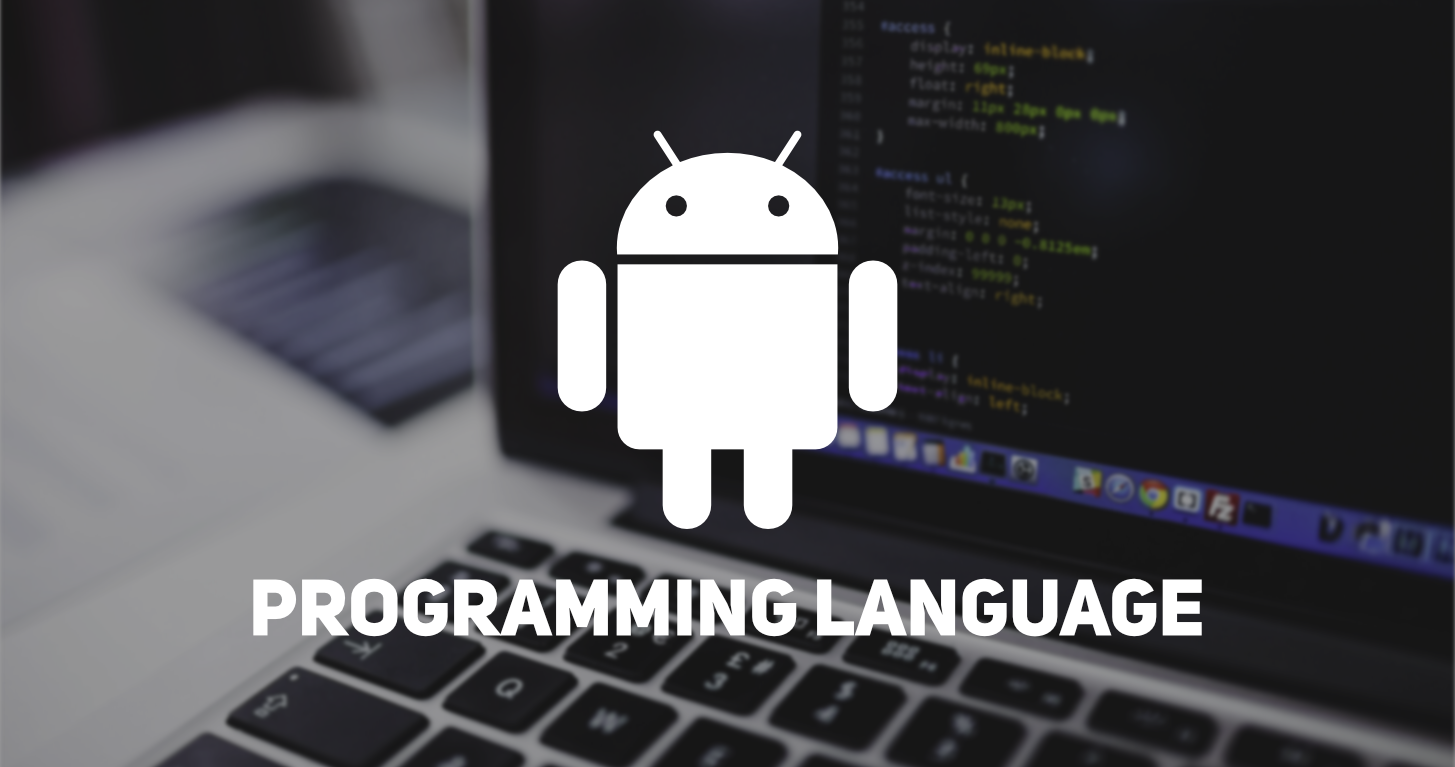
What is Android programming?
Android programming refers to the process of creating software for devices running the Android operating system. Android is the most used mobile operating system globally, it is developed by Google and it is used in smartphones, tablets, smart TVs, wearable devices and more. powers a wide variety of devices including Android programming involves writing code in programming languages like Java, Kotlin or even C++ to create apps that run on these devices.
Overview of Android Programming:
Android OS and Ecosystem: Android is an open source operating system based on Linux. It provides a rich ecosystem of APIs (Application Programming Interfaces) that developers can use to access device features such as camera, sensors, GPS, memory, and more.
Java and Kotlin: Historically, Java was the primary programming language for Android development. However, Kotlin, a modern programming language also developed by JetBrains, has gained significant traction due to its concise syntax, zero security, and other modern features. Both Java and Kotlin can be used for Android programming.
Android Studio: Android Studio is the official integrated development environment (IDE) for Android development. It provides tools, an emulator for testing applications, debugging features, and a visual designer for creating user interfaces.
User interface (UI) development: Android applications have user interfaces built using XML for layout and resource files. Layout files define the arrangement of UI elements such as buttons, text views, and images. Android Studio provides a visual editor for designing these interfaces.
Activities and Fragments: An "Activity" in Android represents a single screen with a user interface. This is the basic "build" block of an Android application. Fragments are smaller, reusable components within an activity and allow for more modular and flexible UI design.
Intents and Navigation: Intents are messages that allow various application components to request actions from other components. They facilitate communication between activities and other parts of the system and even between different programs. Navigation components provide a structured way to manage application navigation between different screens.
Data storage: Android offers a variety of options for data storage, including SharedPreferences for small key-value pairs, SQLite for structured relational data, and the Android File System for larger files and data.
Network: Android apps often require a network connection to access data from remote servers or APIs. Libraries like Volley or Retrofit simplify the process of making network requests.
Multimedia: Android supports multimedia functions such as playing audio and video, taking photos and videos using the device's camera, and managing various media formats.
Background running: Android allows apps to perform background tasks even when they are not actively running. This is important for tasks such as data synchronization, receiving notifications, and performing periodic updates.
Permissions and Security: Android apps must request user permissions to access sensitive data or device properties. This ensures user privacy and security. Android provides a permission system that enforces these controls.
Google Play Store: Once an Android app is developed, it can be uploaded to the Google Play Store, where users can download and install the app on their devices.
Material Design: Google's Material Design guidelines provide a set of design principles and UI components that help create visually consistent and attractive Android apps.
Adaptive UI: Android supports building adaptive user interfaces that can adapt to different screen sizes, orientations, and devices, ensuring a consistent user experience across devices.
Lifecycle Management: Android applications need to manage their own lifecycle to handle scenarios like application startup, shutdown. Proper lifecycle management ensures efficient use of system resources and a comfortable user experience.
In summary, Android programming involves developing software for a wide variety of devices powered by the Android operating system. This requires familiarity with programming languages like Java or Kotlin, Android APIs, and using tools like Android Studio. Android developers create apps that meet a variety of needs, from social networking to gaming and more, and contribute to the vast ecosystem of mobile apps available to users around the world.
